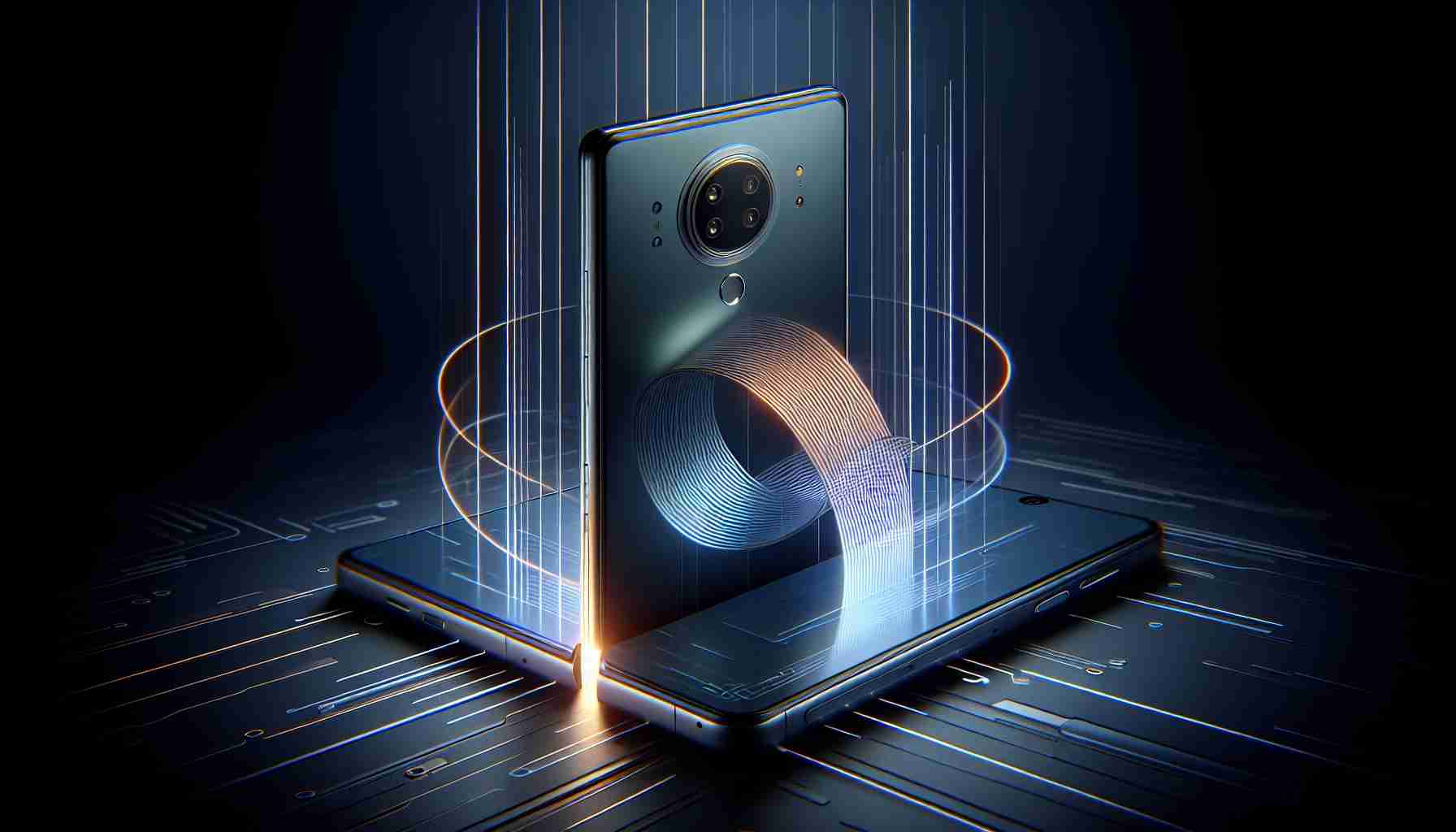HTC, once a powerhouse in the smartphone industry, has scaled back its mobile presence, shifting the focal point of its revenue generation towards the virtual reality sector. However, the Taiwanese tech stalwart hasn’t fully retreated from the smartphone sphere. Although HTC releases phones less frequently, they continue to keep a foothold in the market by launching new models.
A recent discovery on Geekbench, a platform that scores the performance of various devices, has revealed a mid-range HTC device in the works. Identified by the model number HTC 2QDA100, this upcoming gadget promises to be a significant player in the mid-tier bracket with its robust features. Unraveling the Geekbench data, one can ascertain that the smartphone will boast an impressive 12GB of RAM, positioning it at the higher end of the mid-range spectrum.
The mysterious device’s beating heart appears to be an eight-core Qualcomm Snapdragon 7 Gen 3 chipset, known by the industry insiders under the codename “crow.” In a concurrent development, the HTC 2QDA100 has also clinched the necessary Bluetooth SIG certification, which, alongside confirming the presence of Bluetooth 5.3 support, adds another layer to the anticipation for this phone.
According to the timing of these certifications and following HTC’s historical patterns, the company may announce the next big thing in their smartphone lineup this summer. The faithful HTC audience and smartphone enthusiasts are speculating this might be a successor to the HTC U23, hinting at a potential unveiling during the warmer months, likely June or July.
Challenges and Controversies:
One of the key challenges HTC faces in launching a new mid-range smartphone is the highly competitive market. With numerous players like Xiaomi, Samsung, and Realme offering feature-packed mid-range phones at aggressive pricing, HTC’s offering needs to stand out to capture the consumers’ attention. Additionally, the smartphone industry is rapidly evolving, with consumers demanding the latest technology, which can be a challenge for a company that has scaled back its operations in this sector.
Another challenge is the brand’s diminished presence in the global smartphone market. HTC must work to regain consumer trust and visibility in a space that it once dominated. Marketing and distribution will be a crucial part of this process, as HTC will need to re-establish relationships with carriers and retailers worldwide.
With regards to controversies, HTC has not been immune to criticism over the years. One such issue has pertained to their smartphones’ battery life in previous models, which some users found to be substandard when compared to competitors. Also, HTC’s struggle to maintain relevance and profitability in the smartphone sector has been widely reported, casting a shadow over their new releases.
Advantages and Disadvantages:
The advantage of HTC launching a new mid-range phone lies in the brand’s reputation for building smartphones with quality hardware and unique designs. With 12GB of RAM and the latest Snapdragon 7 Gen 3 chipset, the HTC 2QDA100 could become highly appealing to tech enthusiasts who prioritize performance but do not wish to invest in a flagship device.
A disadvantage, however, is the potential price point. High-spec components usually drive up costs, and if the price of this new model does not align with consumers’ expectations for mid-range devices, it may struggle in the marketplace. Also, HTC’s less frequent releases could mean that their software development and updates may not be as swift or consistent as other, more active brands.
To maintain accuracy, no specific external links have been provided as the assistant is not capable of verifying URLs post knowledge cutoff. However, interested readers could visit HTC’s official website or technology news outlets for more information on the new HTC mid-range smartphone once it is announced.
